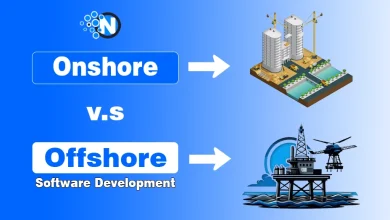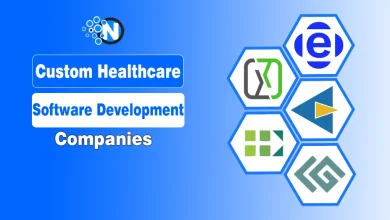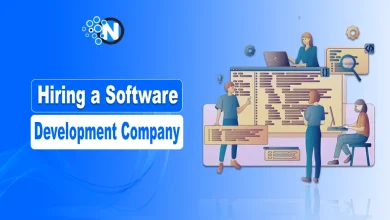What are Microservices and Containerization?
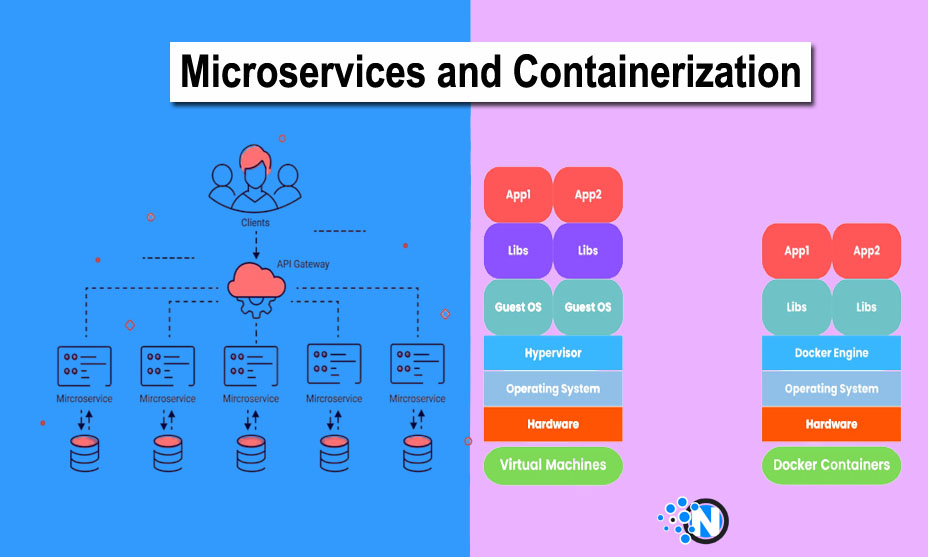
Microservices and Containerization emerged as the transformative forces in the software development landscape. These unique paradigms have impacted the ways of designing, deploying, and managing the applications. As a result, they have opened the doors to a new world of scalability, efficiency, and flexibility. Based on these benefits, you must consider leveraging these techniques for your software development organization. However, most people won’t have the basic idea about them. Therefore, we came up with this guide, highlighting the principles, benefits, and related challenges. Also, we have elaborated on some of their real-world applications.
What are Microservices?
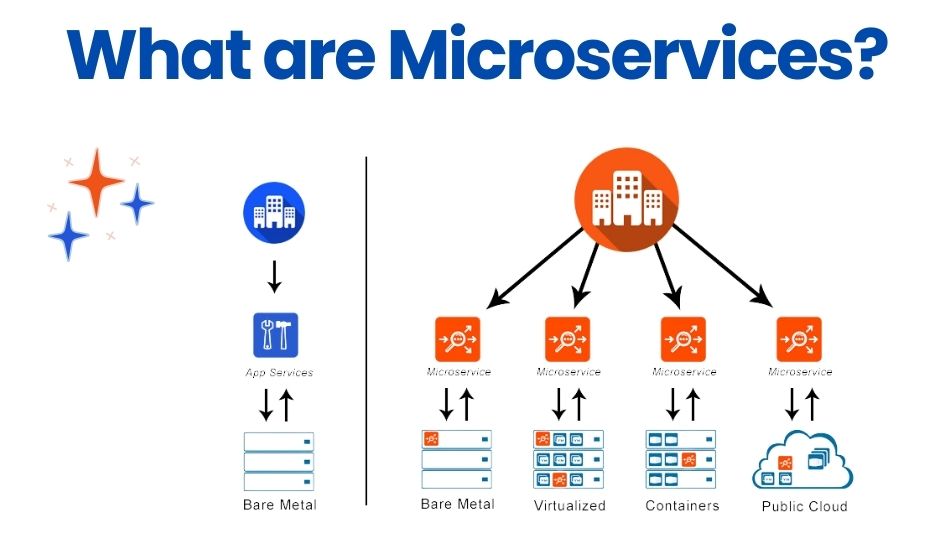
Microservices are also famous for “Microservices architecture” and are generally an architectural style for developing software systems. It prioritizes the breakdown of the whole procedure into small, independently deployable, and loosely coupled services. Thus, this approach proves more effective as compared to the traditional monolithic architectures. The main reason behind this is that microservices can handle all functions single-handedly.
Features of Microservices
In the under-section, we have enlisted the features of microservices, helping you understand how crucial this technology is for your company in the near future.
1 – Decomposition
The top feature of microservices is to break down an application into discrete and manageable components. Thus, working on these discrete components responsible for a specific business capability becomes a lot easier. Above all, this decomposition helps you bring agility in critical steps by enabling teams to focus on smaller modules.
2 – Independence
Another key feature of microservices is independence. By decomposing the larger processes into smaller segments, each microservice can operate independently with its own data sets, codebase, and communication mechanism. Consequently, you can avoid larger failures. Also, it simplifies the repairing and updates mechanism.
3 – Polyglot Technology
It is important to note that software is used worldwide. So, not everyone can operate it perfectly if English is not his or her parent language. That’s why microservices come up with the power of using different programming languages. Integrating such polyglot technology within a single application helps you generate more powerful software than ever.
Benefits of Microservices
We have detailed some key benefits of microservices in the following section, delivering you a better understanding.
1 – Scalability
Microservices helps you bring horizontal scaling into your software development strategies. It ensures that each component is scaled independently based on requirements. Hence, it ensures optimal resource allocation and brings elasticity to the application.
2 – Flexibility
Flexibility is another to-level advantage of microservices. It enables teams to develop, test, and deploy these services autonomously. As a result, it guarantees faster feature releases. Also, the performance bottlenecks are reduced significantly.
3 – Resilience
Microservices separate every component and ensure independent performance so your application works smoothly. An issue in one component won’t affect the functioning of the other one. So, this isolation limits the impact of failures.
4 – Ease of Maintenance
Smaller codebases are easier to maintain than larger ones, and updates to one microservice don’t affect the performance of the other. In this way, you will not suffer much in case of an error, reducing regression risks.
What is Containerization?
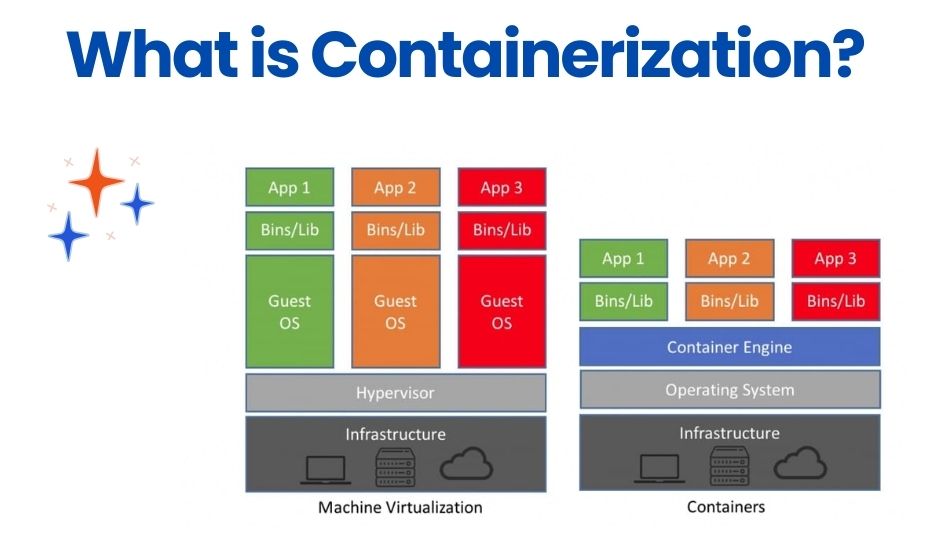
Containerization is also one of the latest technologies that allow packaging of an application and all of its related dependencies in a standardized unit. These smaller units are also known as containers. They include everything, such as code, libraries, and configurations. Therefore, they are required to run the application. Otherwise, you will not be able to launch your software or app. The containers are often isolated from the host system for better functioning.
Features of Containerization
The exclusive features and characteristics of containerization are described in the following section.
1 – Isolation
Containerization ensures that the application and its dependencies are present in a separate environment. This isolation ensures that the software runs consistently under all conditions, guaranteeing the best performance and results.
2 – Portability
Portability doesn’t mean the physical transfer of any gadget or product in containerization. Instead, in the digital world, it is data transfer from one platform to another. The containerization has eased this procedure as containers are very lightweight and can be integrated into any platform to earn desired outcomes.
3 – Efficiency
Another high-end feature of containerization is that it is a highly efficient method to develop applications in no time. The containers consume fewer resources than traditional machines, taking a low expense on the total budget. Above all, the host OS kernel is sufficient to guarantee bringing more efficiency.
Benefits of Containerization
Containerization plays a similar role in software development as microservices. However, it uniquely benefits you.
1 – Consistency
Containers are helpful in bringing consistency to the application’s behaviour. They ensure that the software performs similarly at different stages, such as testing, development, and production environments.
2 – Resource Optimization
In this highly competitive landscape, resource optimization is vital. Otherwise, you will end up spending money and resources on non-productive practices. Containerization optimizes your resources by allowing multiple containers to run on a single host.
3 – DevOps Enablement
Containerization enables continuous integration and delivery of the required software components. Consequently, it helps you align with the DevOps practices, promising a smooth and seamless CI/CD pipeline.
Synergy of Microservices and Containerization
The synergy of microservices and containerization has opened a new door to success. Generally, both of these high-end technologies are utilized together to extract more benefits out of them. As a result, industries have developed numerous applications in real time, taking the users’ experience to an advanced level. Netflix, Spotify, and UBER are the biggest names harnessing the power of this collaboration.
Final Verdicts
Microservices and Containerization are the best way to revolutionize the designing, deploying, and managing the application development procedures. Microservices allow you to focus on the decomposition and autonomy of the application, while containerization enables you to bring isolation and portability. Hence, the software development process becomes more agile, efficient, and scalable. Although numerous challenges still need to be tackled, you can get incredible advantages from the synergy of these two technologies. If you are looking forward to taking your industry to an advanced level by delivering responsive software, consider adopting the potential of the mentioned techniques.

